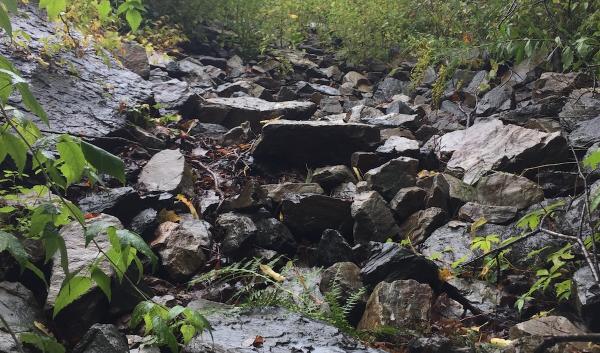Disturbances
 Disturbances and stressors are often thought as one in the same and while they can have similar effects to agriculture production to rangeland and forest resources there are important differences worth considering. It is important to note these differences because it may change the management approach or practice being considered when dealing with a disturbance event like a flood or persistent stressor such as nitrogen deposition.
Disturbances and stressors are often thought as one in the same and while they can have similar effects to agriculture production to rangeland and forest resources there are important differences worth considering. It is important to note these differences because it may change the management approach or practice being considered when dealing with a disturbance event like a flood or persistent stressor such as nitrogen deposition.
Examples of ecological disturbances include fires, landslides, flooding, windstorms and insect and pest outbreaks. Disturbances often come in the form of short-term or temporary changes to the landscape but can have very significant ecosystem impacts. These events often act quickly but with great impact and thereby are able to promote changes to the physical structure of the system.
Continue to the full text of Disturbances and Stressors or browse related content:
-
SARE Resource: Cultivating Climate Resilience on Farms and Ranches
Cultivating Climate Resilience on Farms and Ranches outlines the new challenges that changing weather patterns pose in…
-
Economics of Gully Erosion Stabilization
Stabilizing gullies is one strategy for adapting to changing climate. This case study evaluates the costs and benefits…
-
Climate Risks in the Northeast
How are climate change and weather variability affecting Northeastern producers?
-
Cover Cropping to Improve Climate Resilience
Is your field covered? Managing a continuous cover of plants can help improve soil health and prevent erosion.
-
Living Shorelines
Rutgers University helps partners, U.S. Fish and Wildlife Service, The Nature Conservancy and the Partnership for the…
-
Northeast Climate Hub Webinar Series
This webinar series builds on capacity within USDA to deliver science-based knowledge and practical information to…
-
Planning for Planting: Using AgBufferBuilder to Design for Intense Rain Events
Design an effective riparian buffer during the off-season by using AgBufferBuilder to aid against intense rain events…
-
Responding to Ecological Drought in the Intermountain Region
In March 2017, the Forest Service Intermountain Region held a drought adaptation workshop to share state-of-science…
-
Regional Data and Research
Cochran fellows visit tile drainage experimental fields and pastures at Iowa State University.









